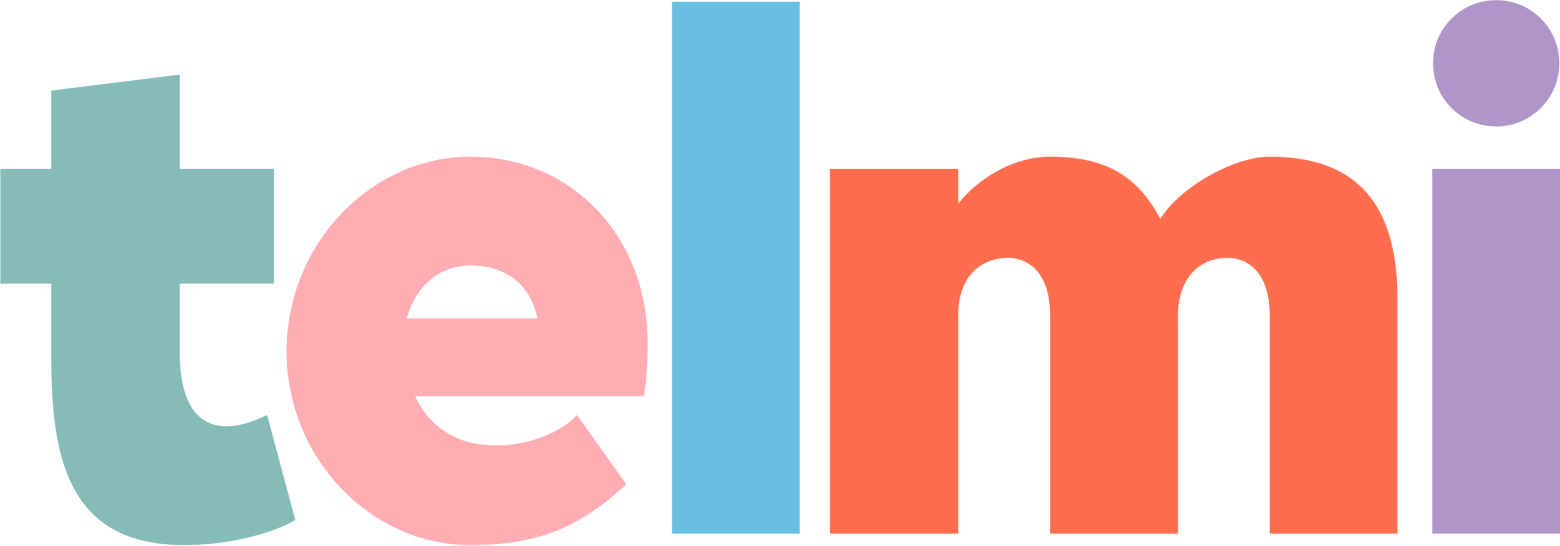
Alternative Curriculums for Neurodivergent Learners
Flexible, inclusive strategies that help every child find their voice, especially those who struggle with writing
💭 What If Traditional Education Wasn’t Built for 1 in 5 Learners?
As a founder, a former strategy consultant, and a mum of two, I keep returning to one essential question:
What if traditional education wasn’t actually designed for 1 in 5 of our learners?
That’s the reality for many neurodivergent children — those with ADHD, autism, dyslexia, or other learning differences. These children are often bright, curious, and full of ideas, yet they struggle in a system that prioritises written output and conformity over creativity, flexibility, and voice.
In this post, I’ll explore five inclusive teaching approaches that support student voice — especially for learners who find writing overwhelming. Whether you’re a classroom teacher, SENDCo, or school leader, these ideas are designed to be practical, inclusive, and rooted in evidence.
📚 Why Alternative Curriculums Matter for Neurodivergent Students
About 1 in 5 children are neurodivergent (NHS, 2023). Yet many school systems continue to rely on rigid, text-heavy tasks and assessment models. This often creates barriers to engagement for students who think and communicate differently.
That’s where alternative curriculums and inclusive teaching strategies come in. These models offer more flexibility, more ways to show understanding, and more opportunities for all children to feel successful.
Here are five learning models that support neurodivergent learners in powerful ways:
1. Montessori Education
A hands-on, self-directed model where students move through the curriculum at their own pace. It encourages independence, reduces anxiety, and supports sensory learning.
2. Waldorf Education
Integrates movement, storytelling, and rhythm into daily lessons. Waldorf classrooms focus on creativity, imagination, and connection — not just academic achievement.
3. Project-Based Learning (PBL)
Students work in groups to solve real-world problems. This collaborative, inquiry-based approach builds executive function and oral communication skills.
4. Universal Design for Learning (UDL)
UDL offers multiple ways to engage, represent knowledge, and express understanding — essential for diverse cognitive and communication styles.
5. Home Education / Unschooling
In these highly personalised environments, children can follow their interests, process at their own pace, and explore without the pressure of standardised benchmarks.
🗣️ What If We Flipped the Sequence and Let Students Speak First?
Many children — especially those who are neurodivergent — struggle to write not because they lack ideas, but because writing comes with extra cognitive load: spelling, handwriting, structure, grammar.
But what if we let students speak their ideas first?
That’s what tools like Telmi are designed to do: provide a safe, low-pressure space for children to organise and express their thinking orally, before translating it to paper (if at all).
We had students with dyslexia and learning difficulties who never spoke up in class. But with Telmi, they interviewed each other and spoke for five minutes straight. We didn’t even know they had these skills before. — UK Primary Teacher
Voice-first strategies aren’t just about tech. They’re about changing the order of operations so we unlock expression first, and refine later.
Examples of this in practice:
- Letting students talk through a story outline before writing
- Swapping one written reflection per week with a spoken exit ticket
- Using paired verbal planning as a bridge into structured tasks
These approaches reduce pressure while still building literacy, vocabulary, and critical thinking.
💌 Want to Contribute or Learn More?
We’re collecting real-world stories for an upcoming ebook and blog series on oracy and learning engagement.
Would you like to share your experience or receive the ebook when it’s ready?
👉 Click here to join or receive the ebook
Want to see a demo and maybe try Telmi in your school? Email vero@telmi.io
🧠 Final Thoughts: Designing for Expression, Not Just Output
Written work will always have a place in school — but it shouldn’t be the only way students can show what they know.
By exploring alternative curriculums and using tools like Telmi, we can:
- Reduce pressure and increase participation
- Make verbal expression as valued as written work
- Create learning environments that truly include every child
Let’s build classrooms where every voice matters — especially those that don’t always show up on paper.
If you’re interested in finding out more about Telmi, you can visit https://telmi.io or reach out to founder Veronique Trang on Linkedin.
